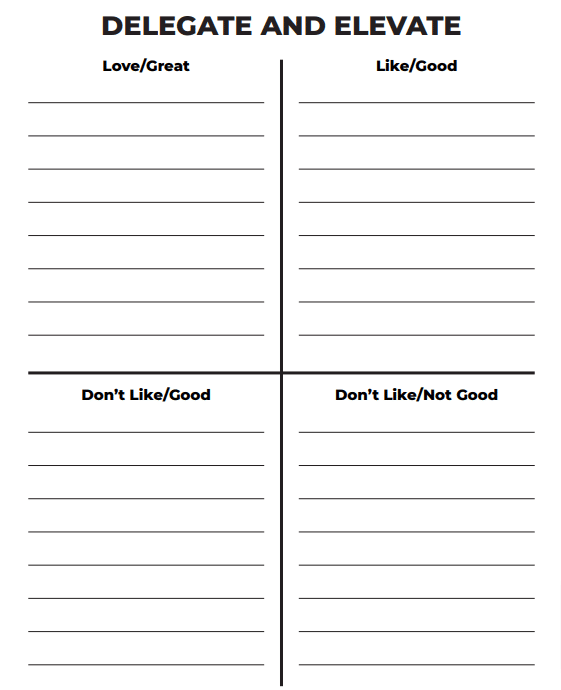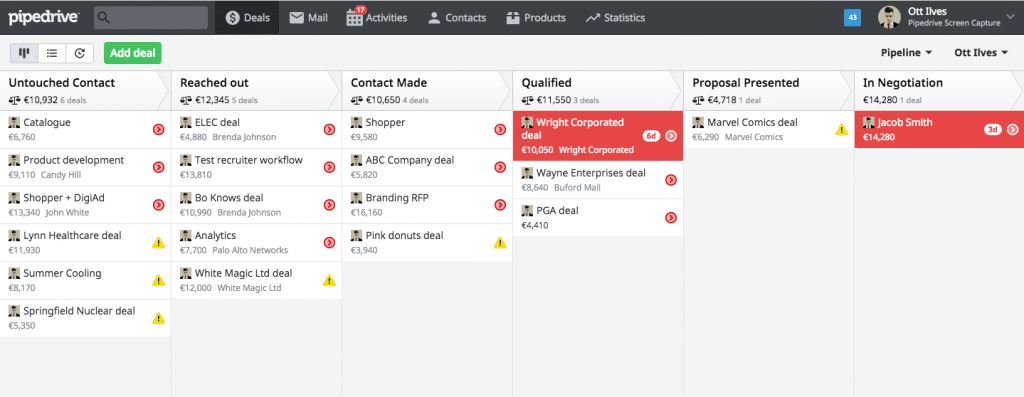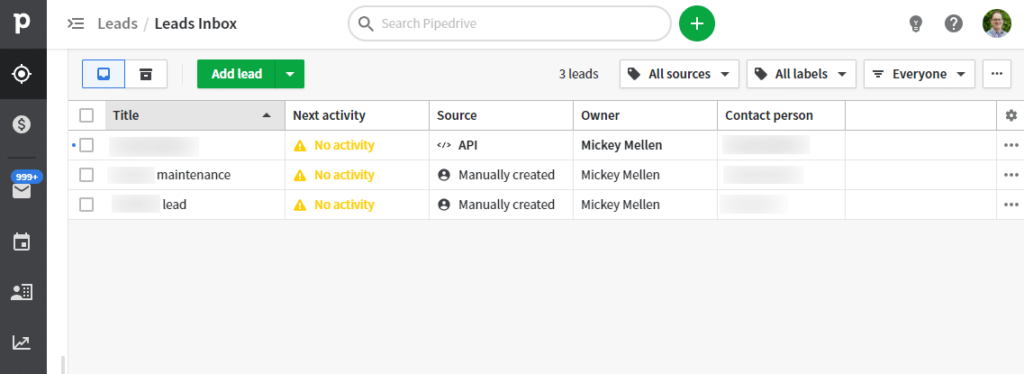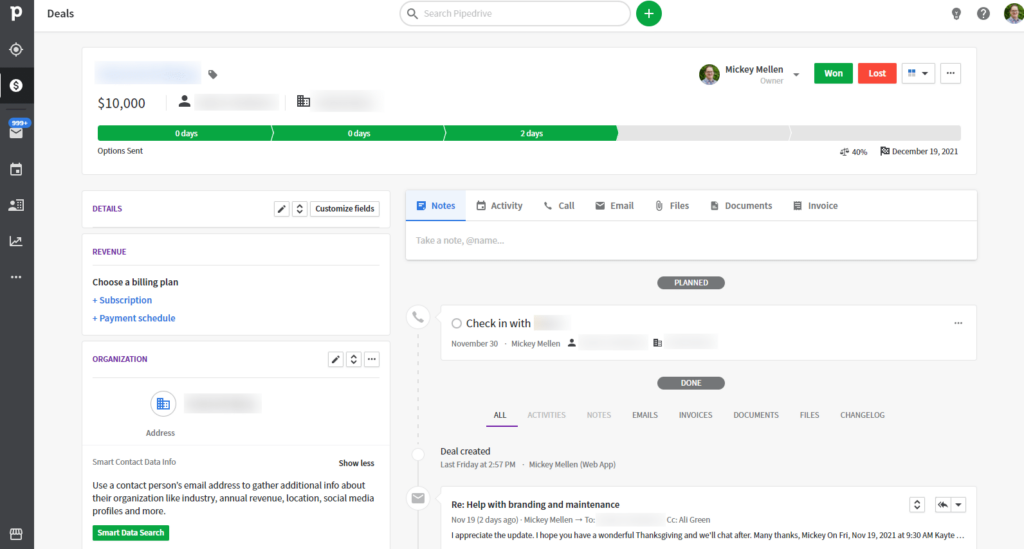Absence Blindness is a cognitive bias that prevents us from identifying what we can’t observe. It seems pretty obvious — if we can’t observe something, of course we’ll be blind to it. That shouldn’t always be the case, though, and absence Blindness can lead to two problems.
First is the lack of ability to “do nothing”, even if that’s the right move. I shared last year about a number of situations where the urge to “do something” was absolutely not the right move.
Second is the problem of efficient workers often being overlooked. Suppose you have two employees doing the same job:
- One of them is quiet, doesn’t say much, and gets their job done.
- The other is more chaotic, causes a variety of problems, but then works hard to fix the problems they’ve created.
In most cases, the second one will be more noticed and more likely to be promoted. Josh Kaufman put it this way when it comes to management:
Great management is boring—and often unrewarding. The hallmark of an effective manager is anticipating likely issues and resolving them in advance, before they become an issue. Some of the best managers in the world look like they’re not doing much, but everything gets done on time and under budget.
I’m not suggesting you create additional problems in order to solve them (like firefighter arsonists), but for those at higher levels of management to pay close attention to what people are really doing.
Some of the best people I’ve ever worked with have been quiet, unassuming, and simply get things done. They’re fantastic! I work hard to make sure people like that don’t slip under the radar, and I hope others can do the same for them as well.




